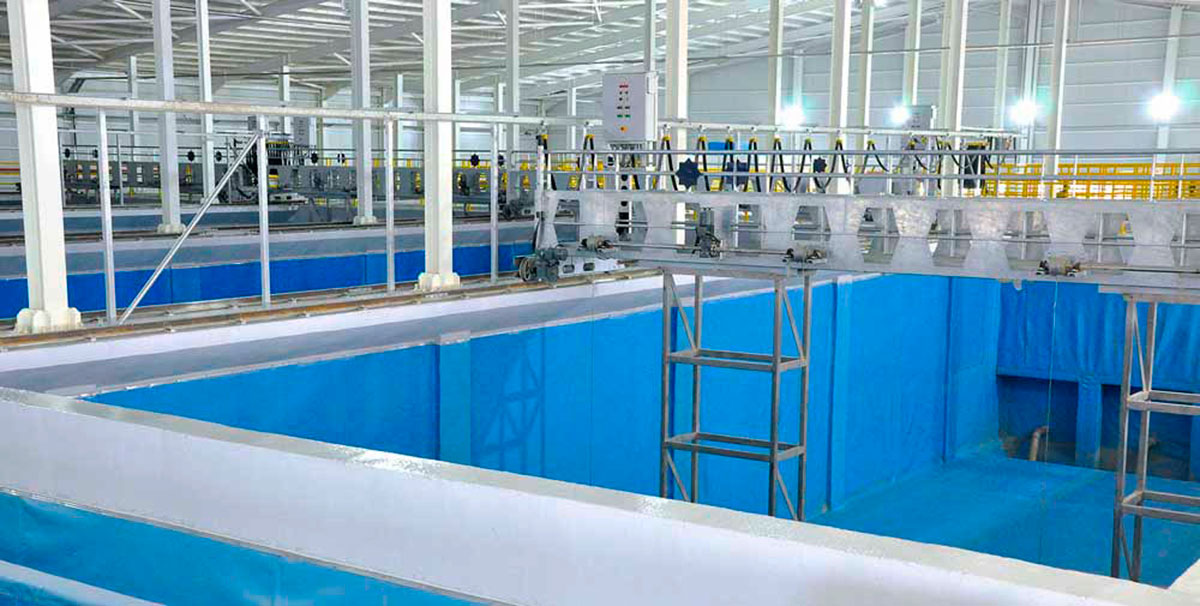During this week’s meeting on seasonal agri-works, particularly cotton-growing, President Gurbanguly Berdimuhamedov suggested holding a special meeting to discuss the comprehensive development of the strategically important sector of agricultural production. It will hear concrete proposals from scientists, specialists of research institutes and sectoral agencies, breeders, and students of specialized higher education institutions majoring in cotton cultivation and being equipped with the necessary expertise to grow this valuable crop in the age of digital technologies. Modern trends in the global economy, notably higher cotton prices observed by experts, demonstrate the importance of this proposal. Since the start of the year, cotton prices have gone up by 30-35 percent. This is driven, first of all, by rising prices of all exchange-traded commodities.
As the head of state highlighted, cotton is our wealth, and cotton production plays a significant role in implementing the national import-substitution and export growth programs. With its long history of cotton breeding and cultivation, Turkmenistan is now among the top ten cotton-producing countries in the world. In 2020, a record cotton crop of 1, 250,000 tons was harvested from 620, 000 hectares under cotton cultivation.
An abundant yield is expected this year, as well. Aimed at building modern production and service infrastructure, improving farming standards, and introducing advanced agricultural technologies, the ongoing reforms in the sector are effectively contributing to this. Actively adopting marketing strategies in agriculture, the government supports and stimulates agricultural producers, keeping them amply supplied with machinery from world’s leading manufacturers, seeds, mineral fertilizers, irrigation water, as well as offering other services on concessional terms.
In the post-independence period, processing of cotton grown in Turkmenistan has changed dramatically. Back in the past, only a small percentage was processed domestically with now more than 70 percent of the harvested cotton used as raw materials for the domestic textile industry that has attracted hundreds of millions dollars. Cotton and textile clusters are being built purposely in the cotton-growing regions. They cover all stages of the production process: cotton cultivation, processing, production of yarn, fabrics, and various textiles.
As the President of Turkmenistan noted during the working meeting, the continued development of the sector and cultivated area expansion will boost the production of cottonseed oil, cattle fodder, and textiles. To this end, active efforts must be made in the field of scientific breeding to develop early-maturing, high-yielding varieties of cotton with high fiber quality, specially adapted to the regions’ local conditions.
Ogulgozel Rejepova






